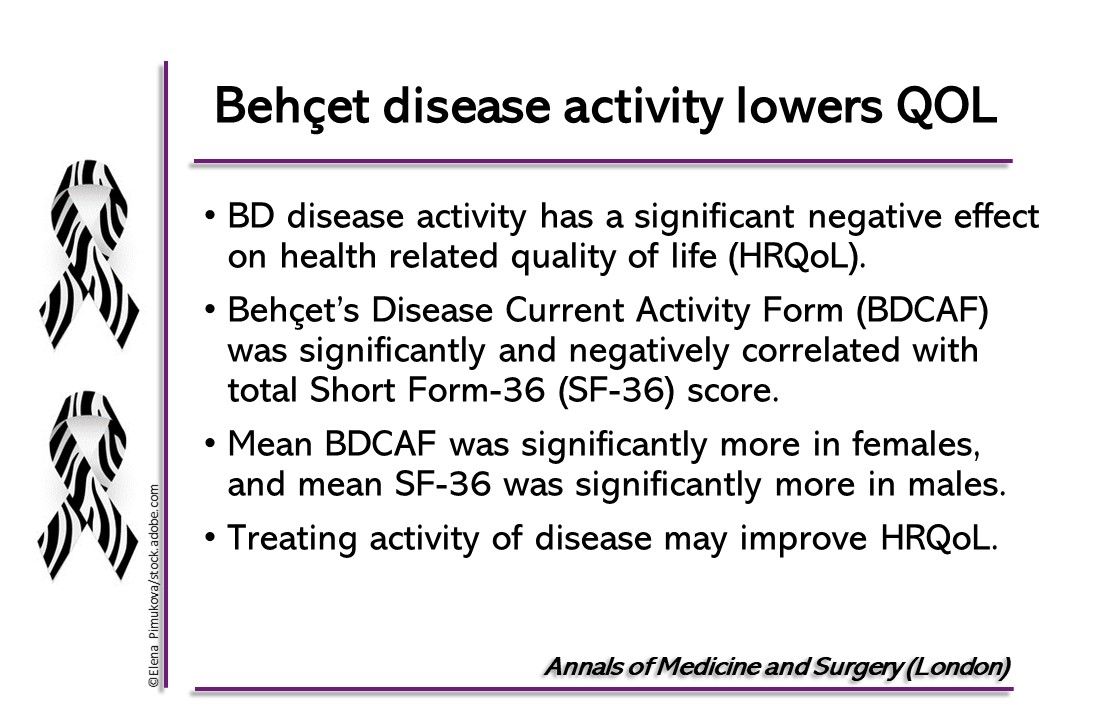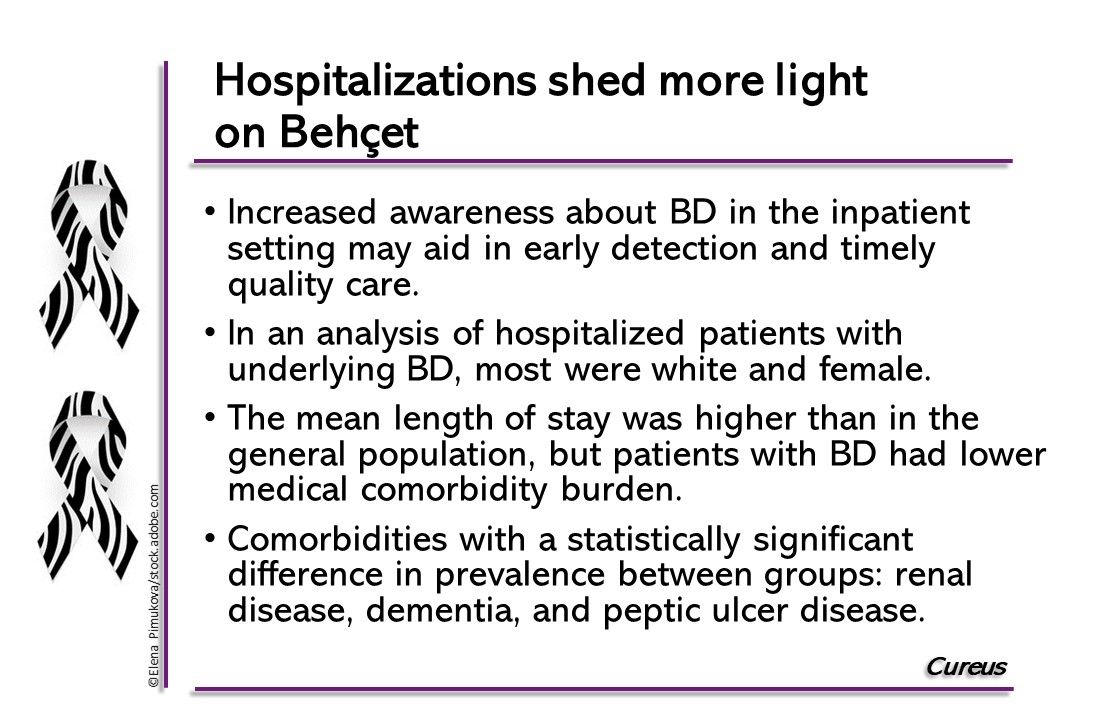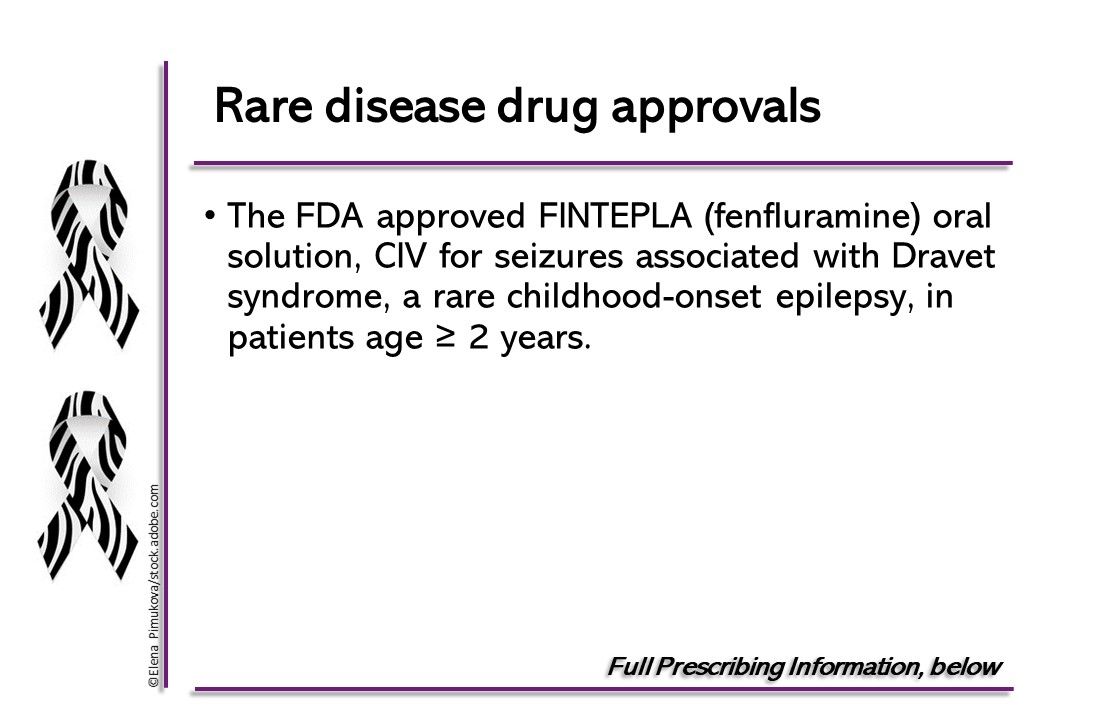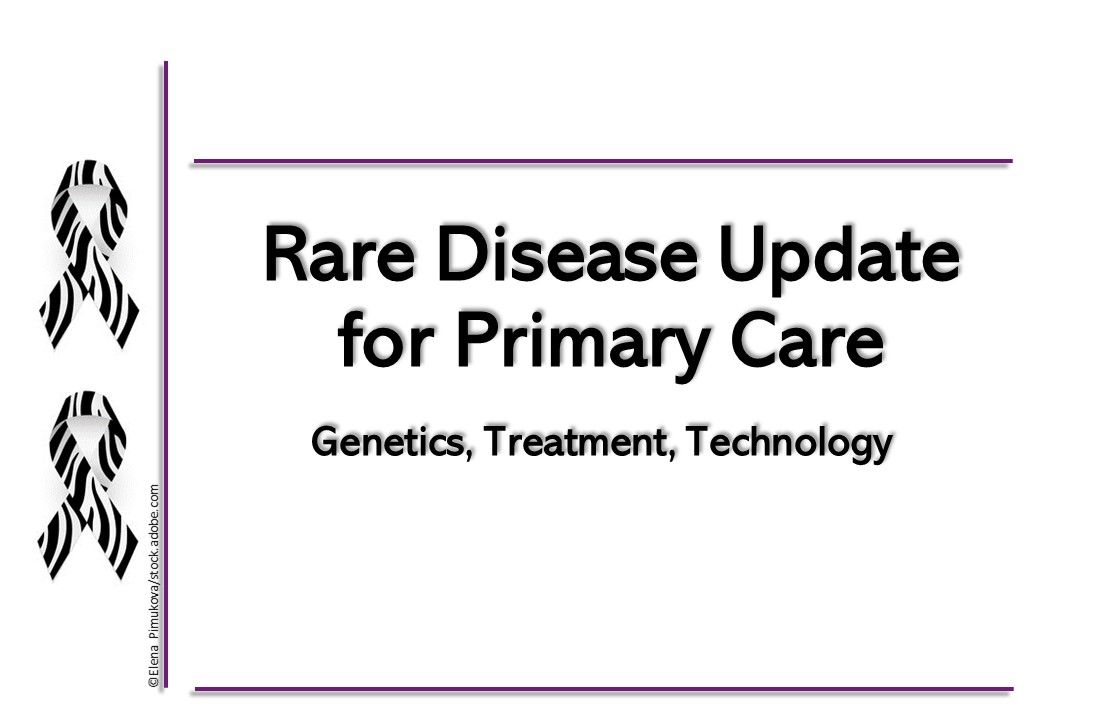© 2025 MJH Life Sciences™ , Patient Care Online – Primary Care News and Clinical Resources. All rights reserved.
Rare Disease Update for Primary Care
Patients with rare diseases often present to primary care first, with symptoms that may initially appear benign, but with further evaluation, lead to a critical diagnosis.
Selected with primary care practitioners in mind, the concise summaries in the slideshow below highlight the most recent developments in diagnosis and treatment of rare disorders.

Rare diseases take COVID-19 hit. The COVID-19 pandemic has created significant challenges for patients with rare diseases, according to the COVID-19 Community Survey Report. Negative effects on immediate and long-term health and well-being were reported by 95% of patients, challenges in accessing medical care or treatment by 39%, and medical appointment cancellations by 74%. Among the patients, 98% are worried and 67% of them are very or extremely worried. National Organization for Rare Disorders.

Behçet disease activity lowers quality of life. BD disease activity has a significant negative effect on health related quality of life (HRQoL). In a cross sectional study, Behçet’s Disease Current Activity Form (BDCAF) was significantly and negatively correlated with total Short Form-36 (SF-36) score. Mean BDCAF was significantly more in females, and mean SF-36 was significantly more in males. The results suggest HRQoL may be improved with treating activity of disease. Annals of Medicine and Surgery (London).

Hospitalizations shed more light on Behçet. Increased awareness about BD in the inpatient setting may offer insights for identifying disease early and providing timely quality care. In an analysis of hospitalized patients with underlying BD, most were white and female. The mean length of stay was higher than in the general population, but patients with BD had lower medical comorbidity burden (16.9% vs 24.67%). Comorbidities with a statistically significant difference in their prevalence in the 2 groups included renal disease, dementia, peptic ulcer disease, heart failure, and rheumatologic disorders. Cureus.

Sweet syndrome has clinical variant. Sweet syndrome, a rare skin disorder with symptoms that can be similar to those of BD, has a clinical variant, giant cellulitis-like Sweet syndrome, that can masquerade as cellulitis because patients present with an acute onset of large erythematous plaques, fever, and leukocytosis with neutrophil predominance. Clinicians should have a high index of suspicion for Sweet syndrome when the symptoms have features not typical of cellulitis (distant lesions, asymmetrical distribution, truncal involvement, and lack of response to standard antimicrobial therapy). IDCases.

Combo treatment for rare blood disease. Treatment for systemic amyloid light-chain amyloidosis that consisted of daratumumab (DARA) in combination with standard treatment—cyclophosphamide, bortezomib, and dexamethasone (CyBorD)—was more effective than CyBorD alone in a Mayo Clinic study. DARA-CyBorD treatment resulted in improved major organ deterioration progression-free survival and better organ responses for patients with a new diagnosis.American Journal of Managed Care.

New gene for excess bone tissue growth disease. SMAD3, a gene that causes melorheostosis, a rare group of conditions that involve an often painful and disfiguring overgrowth of bone tissue, has been discovered by NIH researchers. The gene is part of a pathway that regulates cell development and growth. Work on developing an animal model with a mutant version of SMAD3 to test potential treatments is under way. Journal of Experimental Medicine

3D Facial imaging recognizes rare diseases. Of the ≈ 7000 rare syndromes in humans, 30% to 40% involve dysmorphic craniofacial features that often contribute to initial clinical diagnoses, researchers said. In an analysis of variation in 3D facial images of patients with 396 syndromes, they correctly classified unrelated, unaffected subjects with 96% accuracy. Phenotypic severity and facial distinctiveness of syndromes were the best predictors of accuracy. They concluded that deep phenotyping by quantitative 3D facial imaging has considerable potential to facilitate syndrome diagnosis. Genetics in Medicine.

Rare disease drug approvals. In June, the FDA approved Uplizna (inebilizumab-cdon) injection for intravenous use for neuromyelitis optica spectrum disorder, a rare autoimmune CNS disease that mainly affects the optic nerves and spinal cord, in adult patients with a particular antibody; and Crysvita (burosumab-twza) injection for patients age ≥ 2 years with tumor-induced osteomalacia, a rare disease characterized by tumors that cause weakened and softened bones.

Rare disease drug approvals. In June, the FDA also approved FINTEPLA® (fenfluramine) oral solution, CIV for seizures associated with Dravet syndrome, a rare childhood-onset epilepsy, in patients age ≥ 2 years

